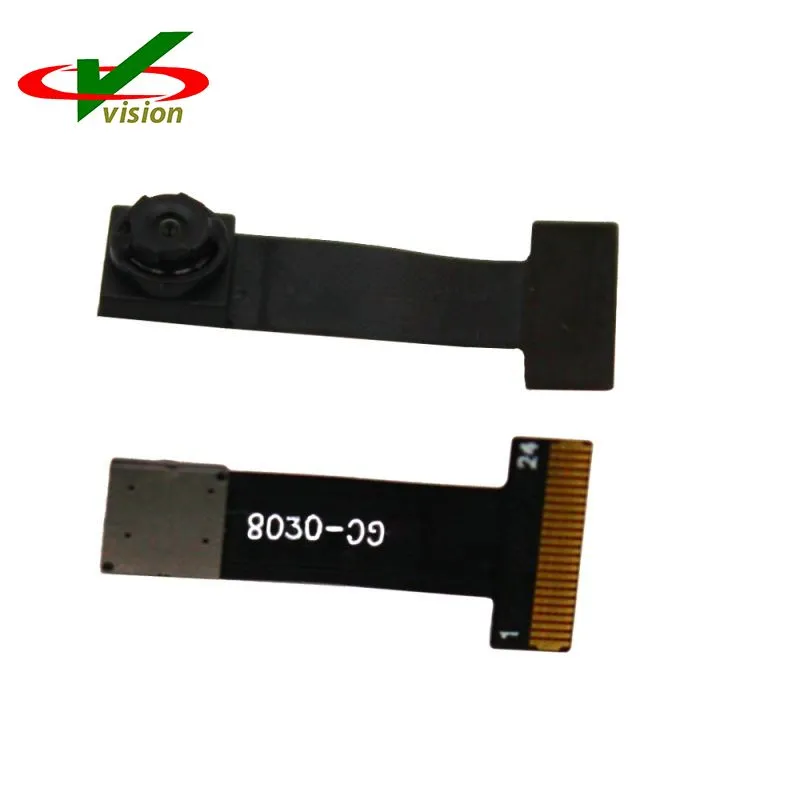Exploring Camera Modules: The Eyes Behind Your Device's Lens
2024-08-08
In the realm of modern smartphones, tablets, laptops, and even standalone digital cameras, camera modules are the essential components that capture our memories, facilitate video calls, and empower creativity. Let's dive into what camera modules are, how they work, and their impact on the devices we use every day.

What is a Camera Module?
A camera module, often simply referred to as a camera, is a compact unit that integrates several key components necessary for capturing images and videos. These components typically include a lens system, an image sensor, and supporting electronics such as processors and memory.
Key Components and Functionality
1. Lens System: The lens is crucial for focusing light onto the image sensor. It helps determine the field of view, depth of field, and overall image quality.
2. Image Sensor: The image sensor converts light (photons) into electrical signals, which are processed to create digital images. Common types include CMOS (Complementary Metal-Oxide Semiconductor) and CCD (Charge-Coupled Device) sensors.
3. Image Signal Processor (ISP): The ISP processes the electrical signals from the image sensor to enhance image quality, adjust color balance, reduce noise, and perform other image processing tasks.
4. Supporting Electronics: These include components for autofocus, optical image stabilization (OIS), and integration with the device's main processor for image and video encoding.
Evolution and Technological Advancements
Camera modules have evolved significantly over the years, driven by advancements in sensor technology, optics, and processing power:
- Higher Resolutions: From megapixels to now dual, triple, or even quad-camera setups, allowing for better zoom, wide-angle shots, and improved low-light performance.
- Optical Innovations: Technologies like OIS and advanced autofocus systems enhance image stabilization and improve focus accuracy, even in challenging conditions.
- Software Enhancements: AI-driven features for scene recognition, portrait mode, and night mode utilize machine learning to enhance image quality and usability.
Impact on User Experience
The integration of advanced camera modules has reshaped how we use our devices:
- Photography: Smartphones now rival dedicated cameras in terms of image quality and versatility, making high-quality photography accessible to everyone.
- Communication: Video calls and conferencing rely heavily on camera modules, enabling clear, high-definition visuals that facilitate remote communication.
- Creativity: Features like AR (Augmented Reality) filters and advanced video recording capabilities empower users to express creativity and share experiences in new ways.
Future Trends
Looking forward, camera modules are likely to continue evolving:
- Improved Low-Light Performance: Advances in sensor technology and AI processing promise better performance in low-light conditions.
- Integration with AI: Enhanced AI capabilities will enable smarter scene recognition, real-time adjustments, and more intuitive user interfaces.
- Compact and Versatile Designs: Continued miniaturization and integration of components will allow for even thinner devices without compromising camera performance.
In conclusion, camera modules are the unsung heroes behind the stunning photos, immersive videos, and seamless video calls we enjoy daily. As technology advances, so too will the capabilities of camera modules, promising even more exciting possibilities for capturing and sharing our world.


